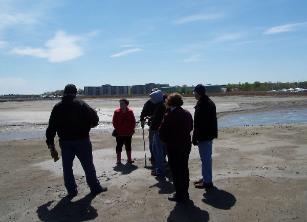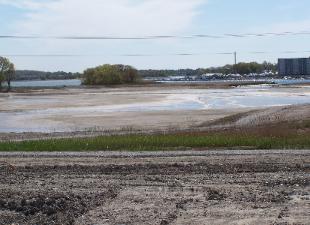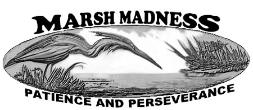
Tidal flow has been restored to Broad Meadows for the first time in almost a century. Trails have been laid out and the Army Corps has given us a tremendous foundation to build upon. We need to start planning for when the Army Corps work is complete. We have the chance to create one of the largest waterfront public parks since Frederick Law Olmstead! Here are some suggestions: If we form a non-profit land trust, we can use Community Preservation Act (CPA) funds each year to purchase material. The area below the high water mark will seed itself with Spartina, but what shrubs and trees should we plant upland? We can frame the view looking toward the water with groves of trees, meadows, footbridges and sledding areas. We’ll have only one shot for the generations to come. We have to get this right. Let’s move the City's enormous compost pile to our newly created upland. Each year as we sift, clean and spread the topsoil, (CPA funds) we can mix in some sand to dry out and bury the silt. This will provide a deep base of topsoil for an intensive planting schedule. If we want to build a park for the generations to come, we need "feet" of topsoil, not inches. We could plant a grove of evergreens including American Red Cedar. This tree has a shallow root system, and was farmed here by President John Adams. Broad Meadows was part of President Adams "Peace Field Farm". We can work with the Adams National Park. Tourism equals money, and anything that brings people to our waterfront is a plus. We can partner with Coastal America, (www.coastalamerica.gov). They build “Coastal Ecosystem Learning Centers" around the Country. A science center with a greenhouse would fit in nicely where the Army Corps trailers are now. Broad Meadows will become a teaching tool for our public schools. From growing seedlings in the classroom, to transplanting trees on site, students will be learning, while fostering a stewardship for our environment. We should also partner with the "Massachusetts Fishery Institute" (www.smast.umassd.edu) The MFI is "A cooperative venture between the Massachusetts Executive Office of Energy and Environmental Affairs and the University of Massachusetts to promote sustainable fisheries through education and research." Broad Meadows will be one of the most productive fish hatcheries in the region. It will provide mosquito control while pumping billions of fish into Massachusetts Bay. 80% of all dockside fish are derived from a salt marsh. That's 80% of a $5 Billion Mass Bay Fishing Industry. We can turn wetland restoration into commerce for the region. We can monitor coastal habitat, mosquito control, avian migration, erosion control, sea level rise and much more. We can combine environmentalism, tourism, engineering, science and fisheries to create jobs. We can create a multi-disciplined coastal research center linked to our schools. All this, while creating an economically and socially vibrant area. US Congressman Bill Keating visits the Broad Meadows Restoration Project Broad Meadows Aerial Photos |


| SALT WATER MARSH RESTORATION PROJECT |
| Broad Meadows Restoration |
| Link for middle school student’s contribution page ("Under Construction") |